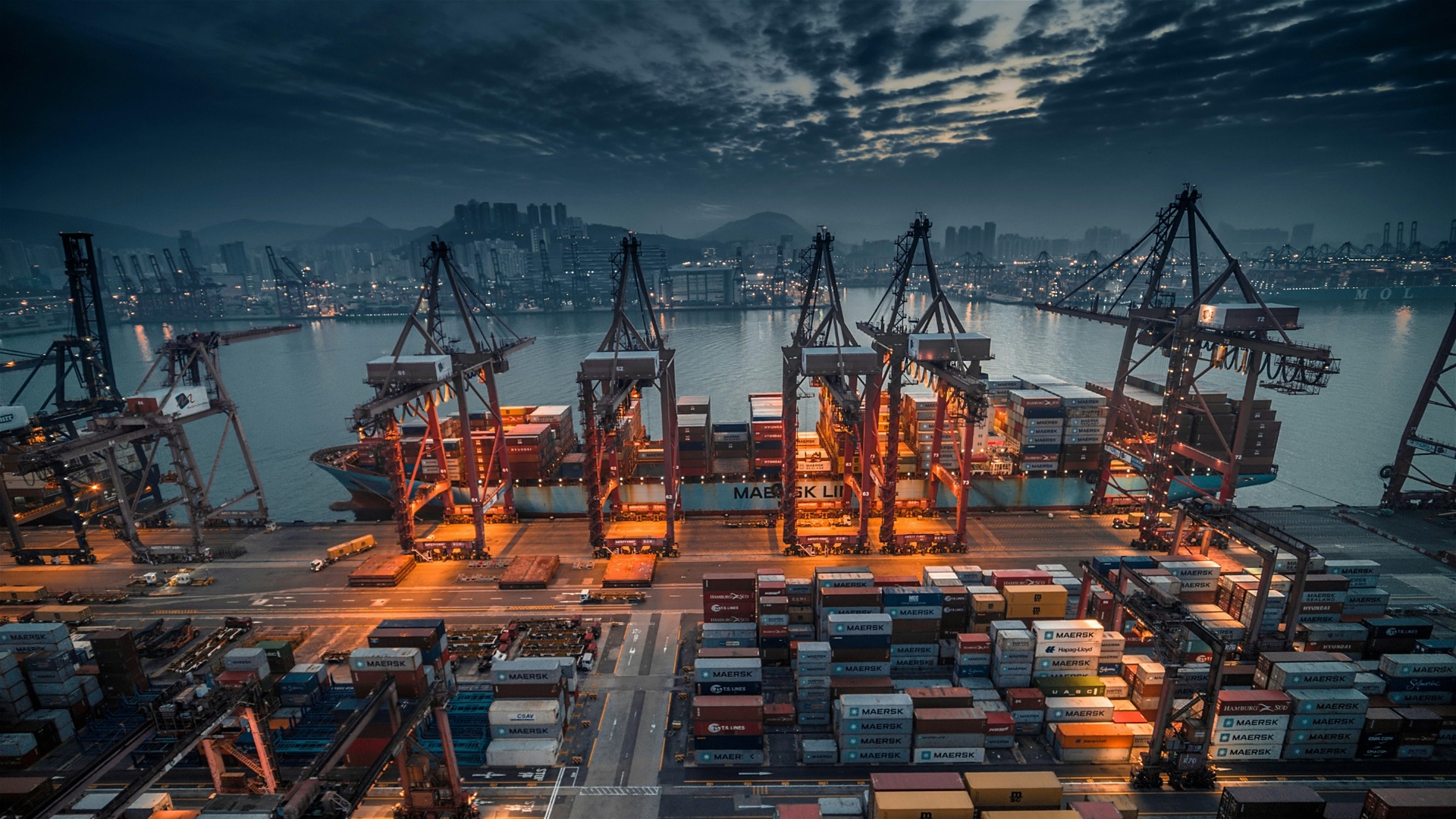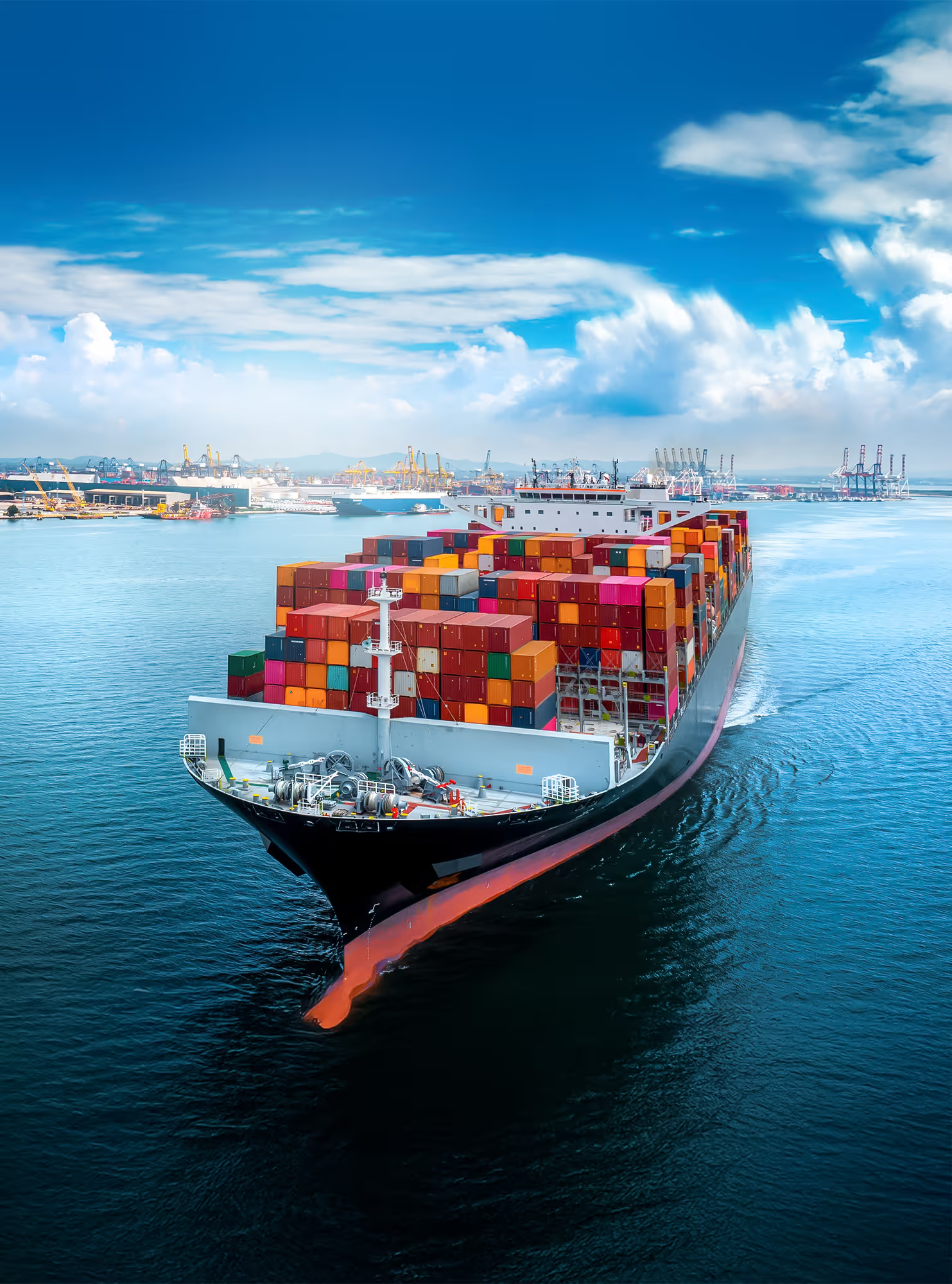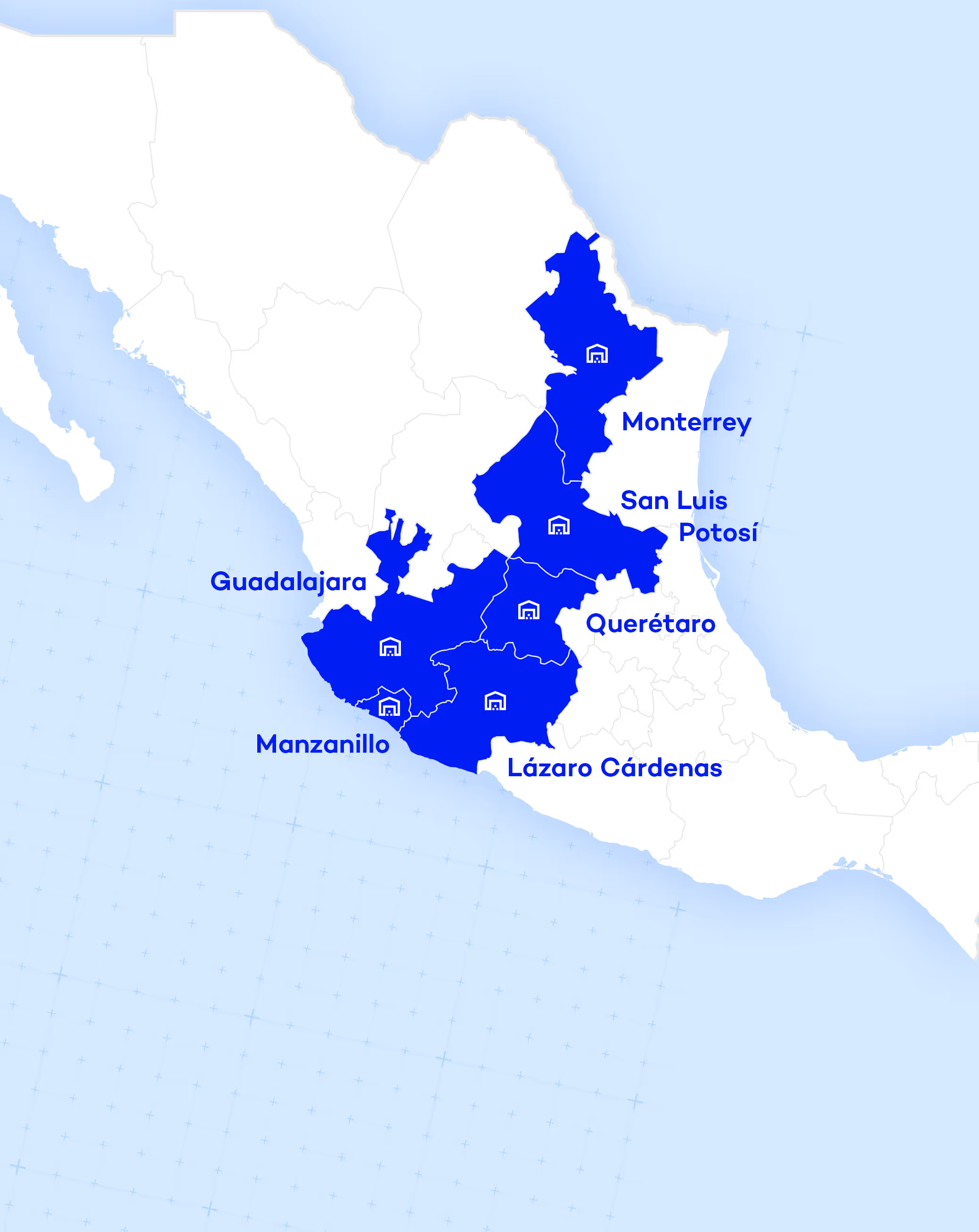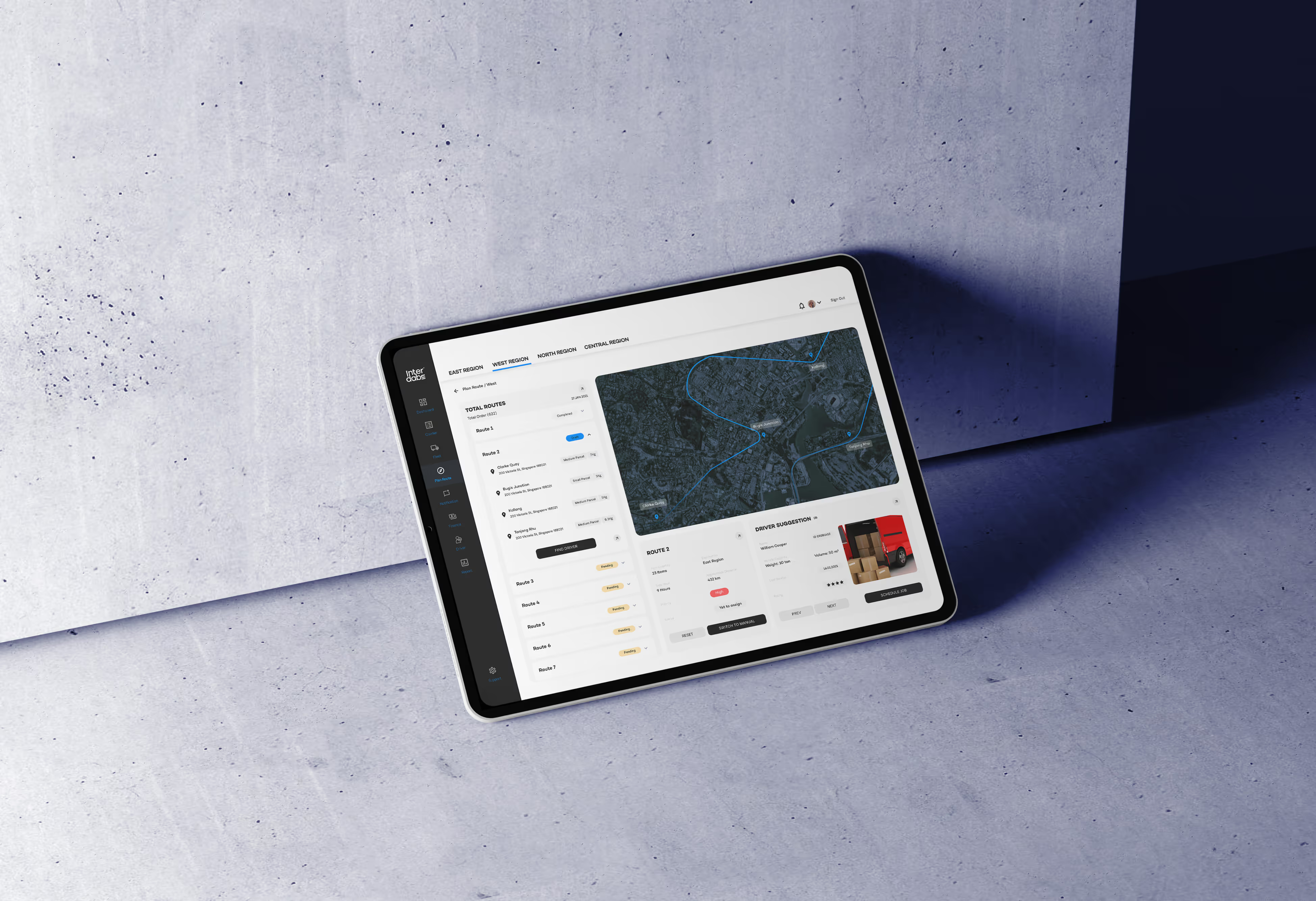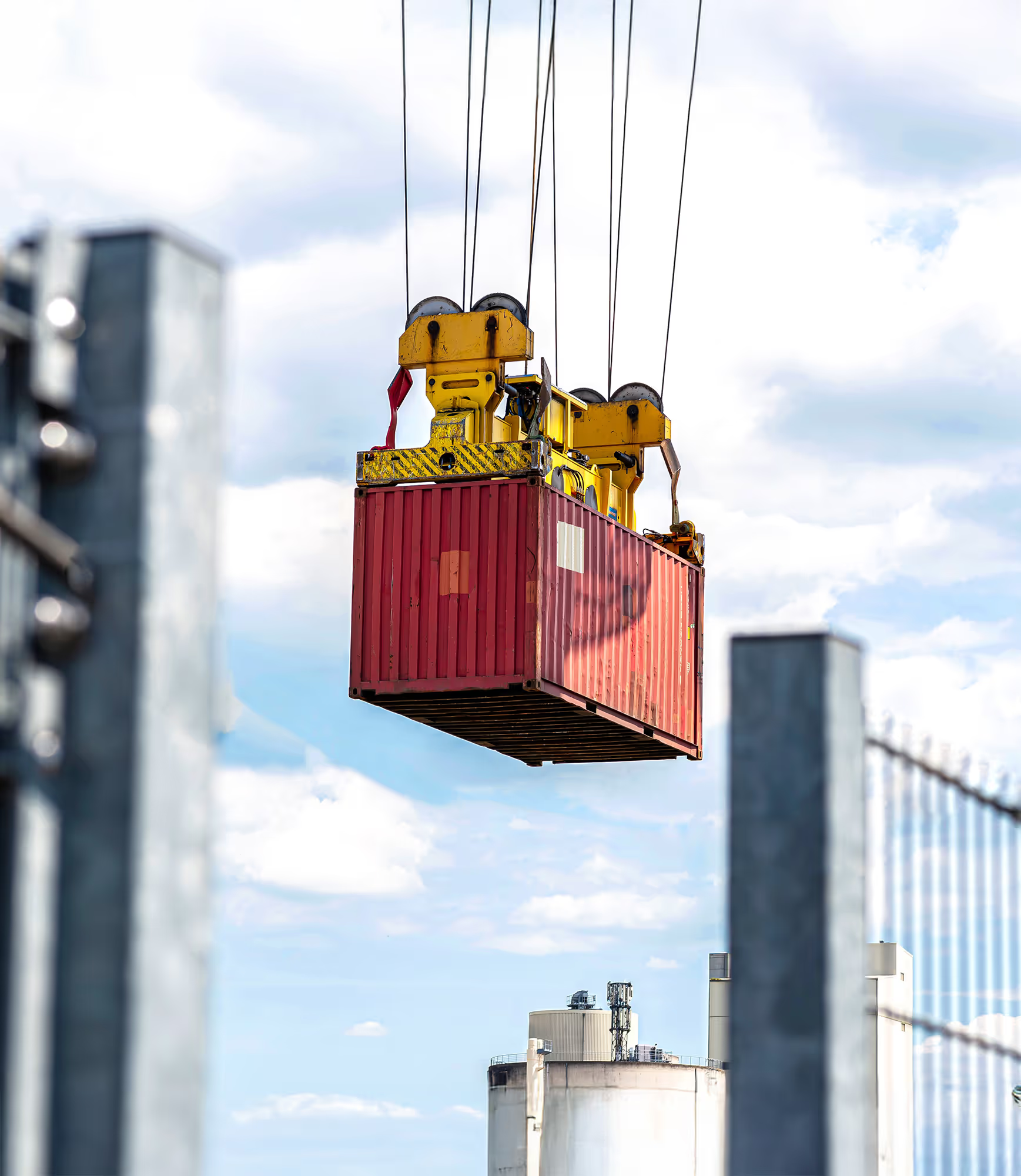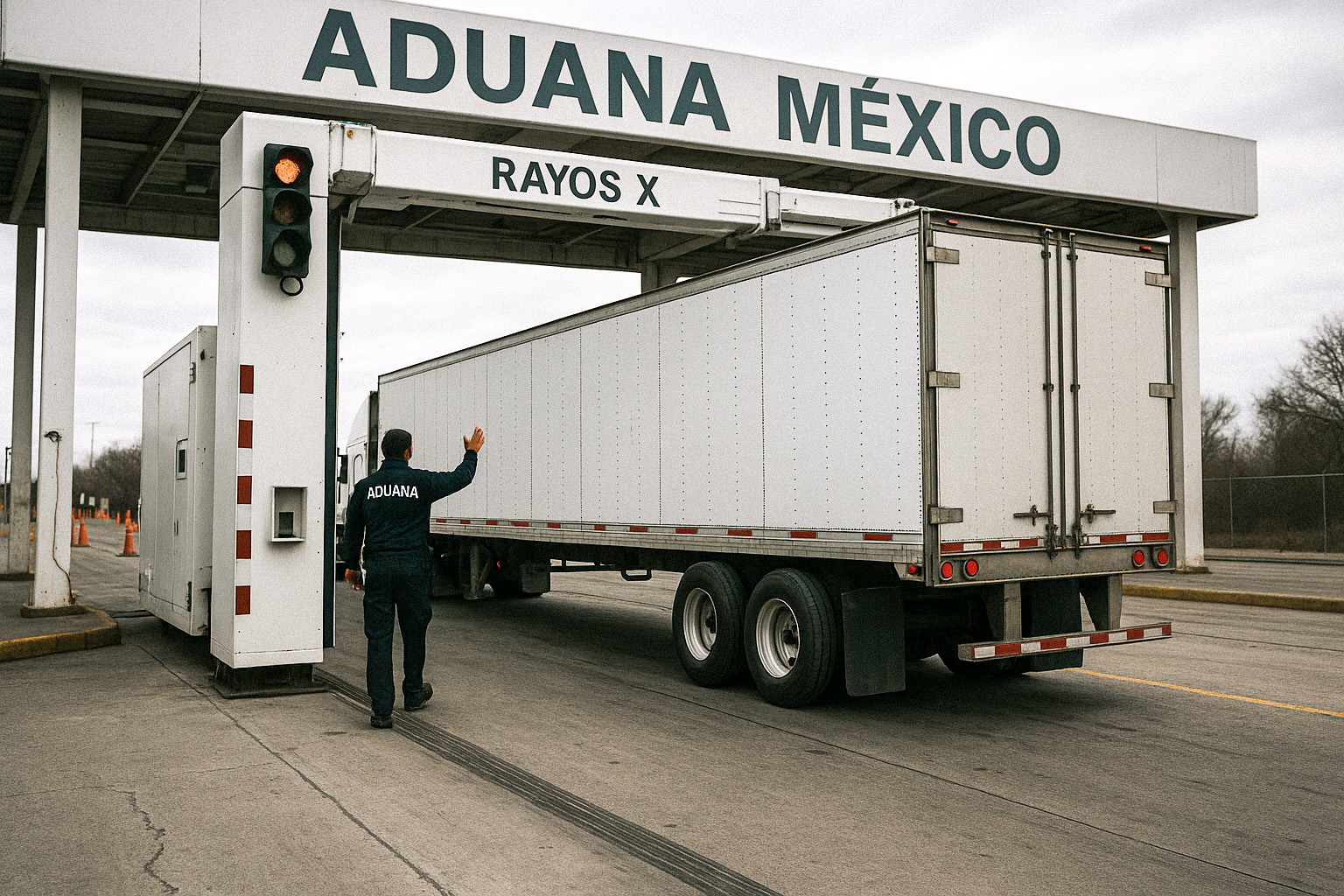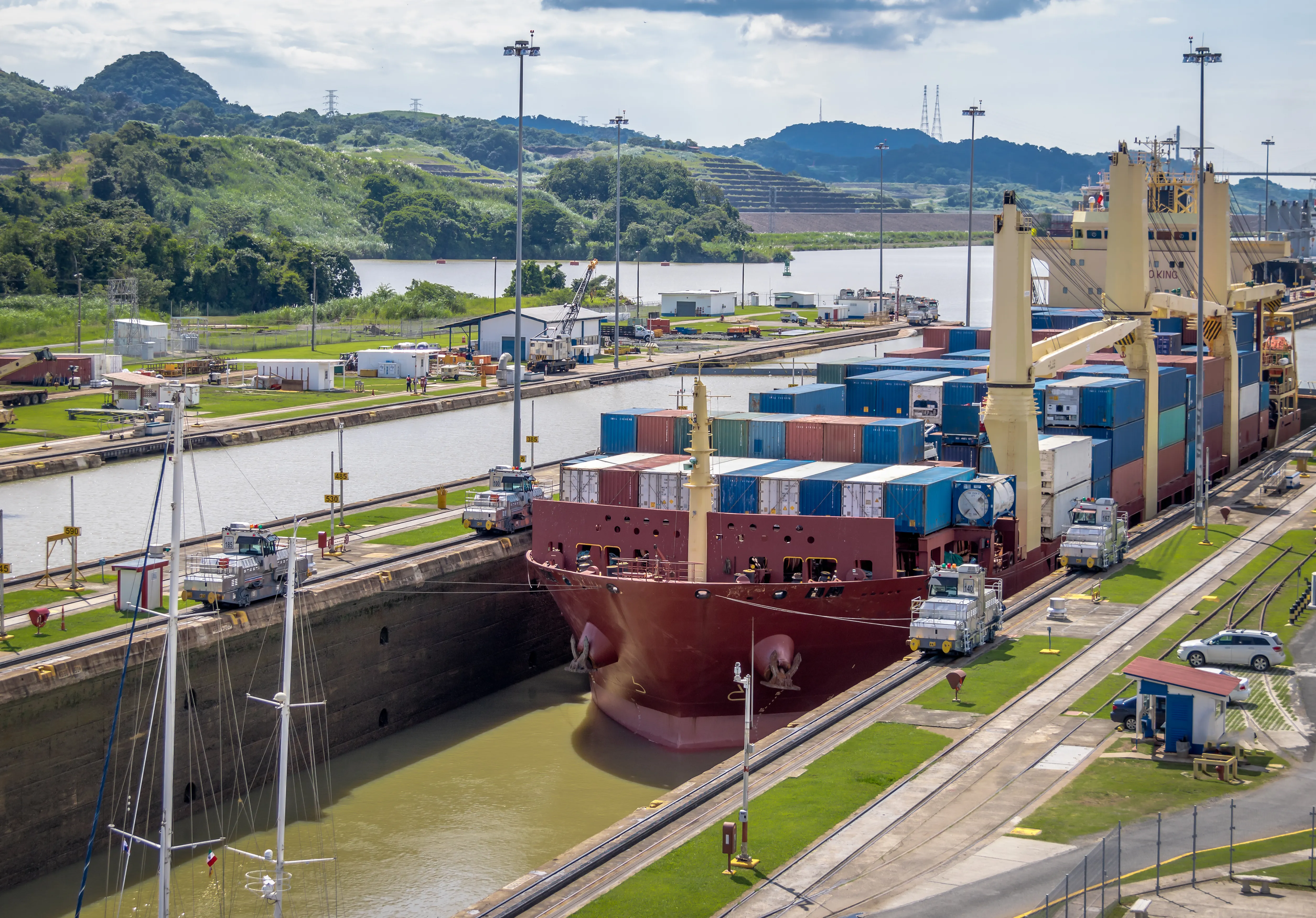Logistics Intelligence Bulletin | October 27, 2025 → November 3, 2025
Welcome to the weekly reference summary for foreign trade and logistics professionals in Mexico. In this space, we analyze in an agile way the most important movements of the last seven days—and what's to come—around logistics, forwarders, 4PL logistics, foreign trade, project loads, RORO/Lolo models, the nearshoring phenomenon, Mexico and North America.
📰 What was relevant from the previous week
Resolution on the General Rules of Foreign Trade for 2025 — Secretariat of Finance and Public Credit/Tax Administration Service
The SHCP/SAT published clarifications on the validity and scope of the rules on foreign trade (previously published in the Official Gazette of the Federation on December 30, 2024) and is making changes to permits, authorizations and sectoral notices.
Key Impact: For logistics operators, customs agents and forwarders, it means a new level of attention to import/export documentation requirements, which may translate into greater administrative burden or the need to optimize processes. In addition, importers/exporters with project loads should monitor to avoid delays. In the cargo industry project, RoRo or LoLo, regulatory compliance is gaining weight: the anticipation of permits and the correct tariff classification become more critical.
For Mexico as a nearshoring hub, these rules reinforce the regulatory environment, but they also require greater operational rigor to maintain competitiveness vis-a-vis North America.
Source: Jornada
Ahlstrom Oyj's investment in a new logistics hub in Nuevo León — Mexico
The global specialized materials company inaugurated a new strategic warehouse in Nuevo León (Mexico) to strengthen its supply chain and reduce delivery times in the country.
Key Impact:
It reinforces the relevance of Mexico as a logistics platform for Latin America, and highlights the tendency of manufacturers to install distribution hubs within the country, a clear effect of the nearshoring phenomenon.
For 4PL/5PL forwarders and logistics providers, this means greater demand for integrated services—warehousing, cross-docking, multimodal transport—and perhaps new niches for project loads that require high specialization.
From an infrastructure perspective, this type of investment indicates that the Mexican logistics chain requires services that connect to ports, land transport and customs efficiently.
Source: Ahlstrom
{{4pl}}
U.S. Tariff Warning Department of State on imports from Mexico — Electronic Sector
A report by the Global Electronics Association warns that a proposed 30% tariff on electronic products imported from Mexico could affect North American supply chains.
Key Impact: For the foreign trade and logistics industry in Mexico, these types of tariff threats alter the predictability of cargo flow (including RORO/LoLolo models when it comes to bulky components). Forwarders that operate on routes between Mexico and the U.S. The U.S. must plan alternatives (re-routing, consolidation, buffer inventories) in the face of possible tariff adjustments.
For 4PL logistics, the ability to provide contingency scenarios becomes a competitive advantage: anticipating impact and mitigating risks of interruption is key in today's environment.
Source: GlobeNewswire
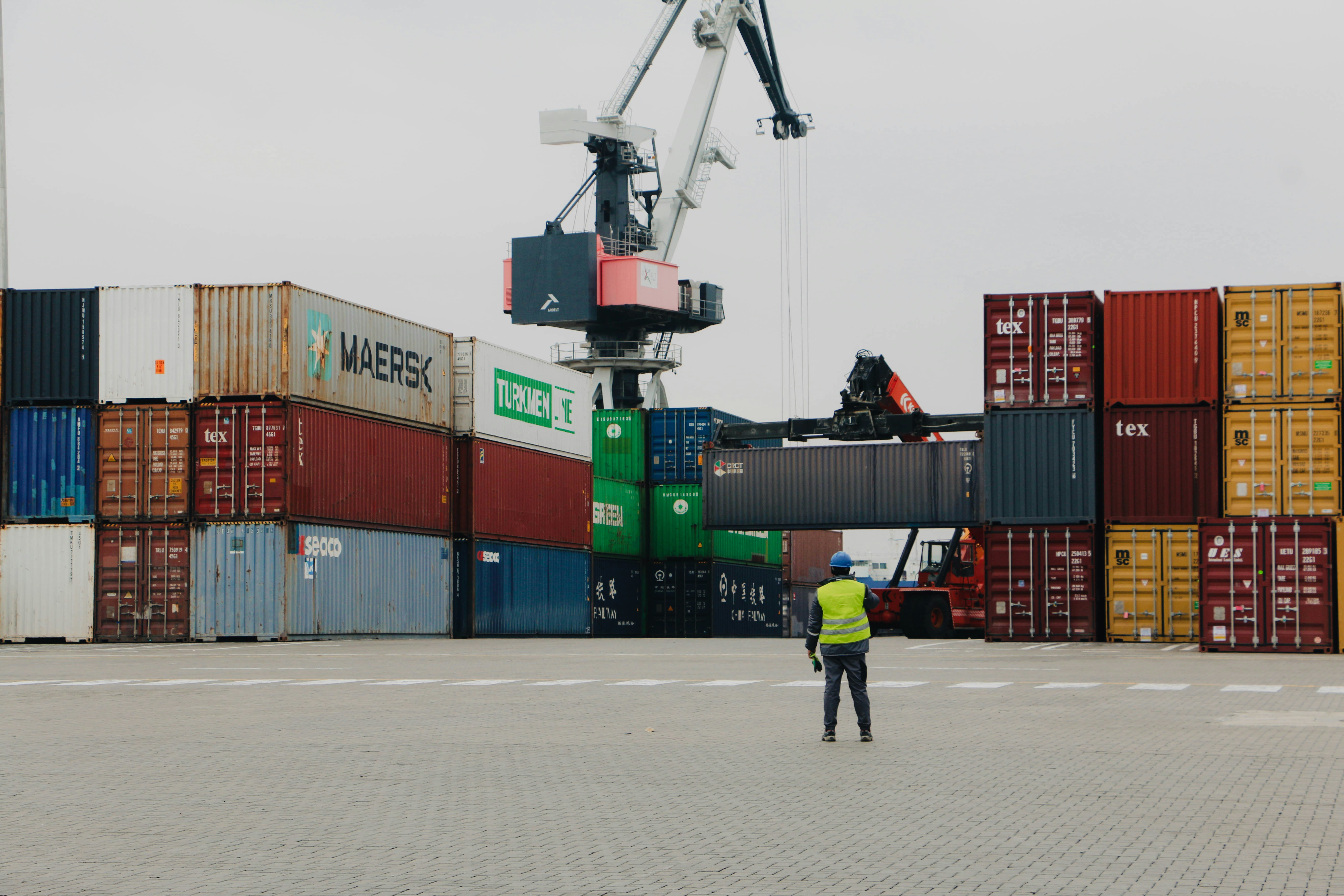
👉🏻 The highlights of the DOF
Fifth Resolution on Amendments to the General Rules of Foreign Trade for 2025 — Secretariat of Economy
The Ministry of Economy published in the DOF the Fifth Resolution of amendments affecting RGCE 2025, including annexes 1, 2 and 5. This publication has a direct impact on importers/exporters, customs agents and forwarders, since it incorporates changes in origin criteria, documentation, automated notices and special procedures.
Source: DOF
{{aduanas}}
📡 In the spotlight this week
U.S. Negotiations UU. —Mexico on tariffs and border security
The bilateral tables between the United States Trade Representative and the Secretariat of the Economy are well advanced to prevent the U.S. The U.S. imposes additional tariffs of up to 30% on Mexican exports outside the Agreement between Mexico, the United States and Canada (T‑MEC).
From a logistical point of view, this event is key: it impacts North American supply chains, modifies commercial routes, can generate a “domino effect” in project loads and in Roro/Lolo traffic between North America. Logistics companies and forwarders should be on the alert for rate adjustments, additional documents or source changes.
Source: El País
Preparing for the 2025 peak season and consolidating 4PL logistics in Mexico
The article about the peak logistics season in Mexico points out that now more than ever, digital integration, load consolidation and real-time visibility will be vital to avoid bottlenecks. For the sector, it involves reinforcing multimodal processes, anticipating Roro/Lolo transports and high-value cargo, preparing routes from Mexican ports or to North America, and strategically adjusting with logistics service providers.
Source: Mexico Business News
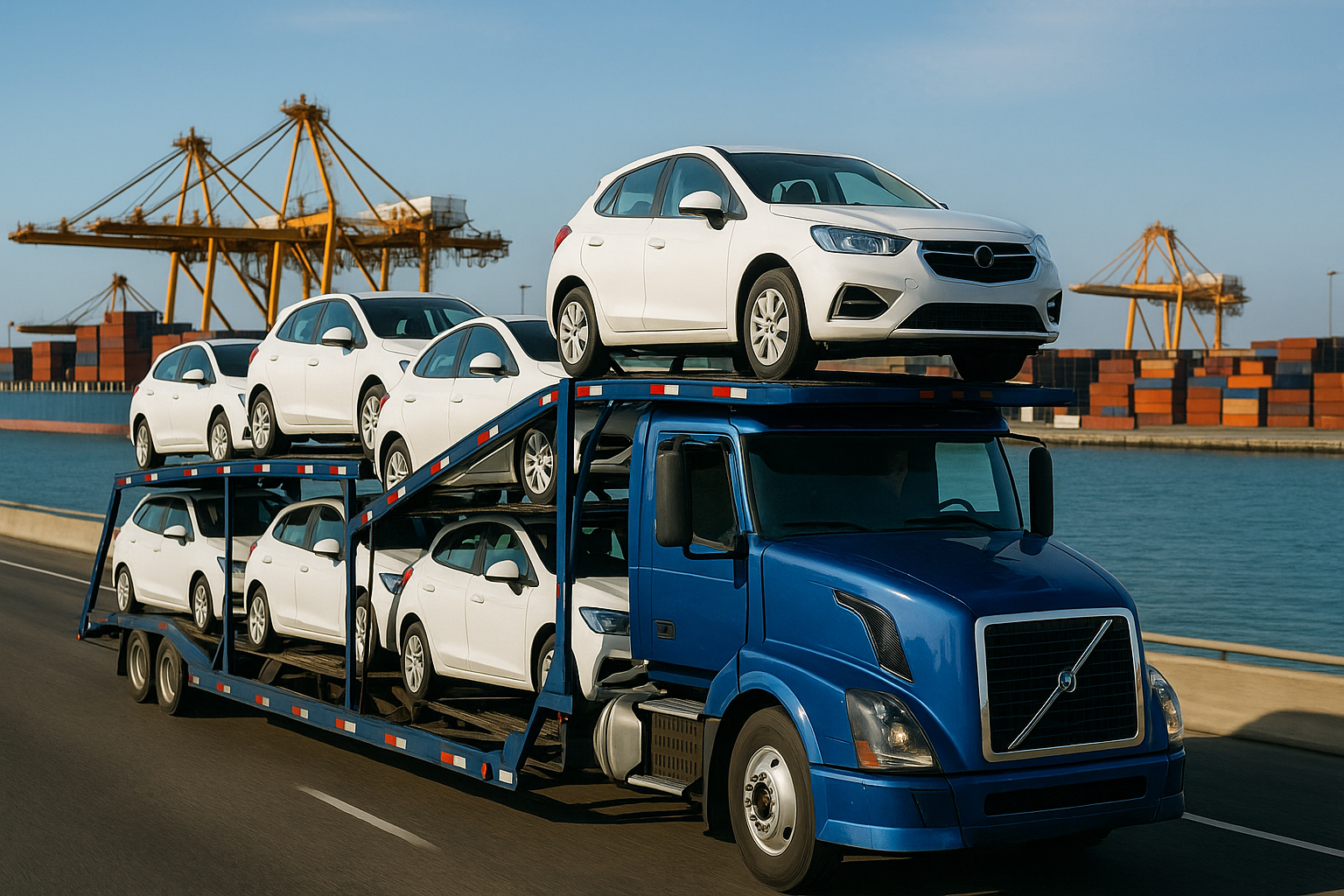
📈 The key facts
Economy — Mexico‑U.S. Exports UU.
During the first seven months of 2025, imports from the U.S. Department of State from Mexico added USD 309.8 billion, compared to USD 290.7 billion in the same period in 2024. This growth reinforces Mexico's position as a manufacturing and foreign trade platform for North America, and logistics chains (including forwarders, 4PLs and project loads) must capitalize on this flow to optimize routes and times.
Source: TT News
Logistics — Freight Market Trends October 2025
The C.H. Robinson report indicates stability in land transportation rates in North America, but an uptick in LTL (less than full load) costs and a shift in ocean volumes. For operators in Mexico and North America, this suggests that efficiency in cargo consolidation and the advance planning of RORO/LoLolo and multimodal routes will be decisive for containing costs and maintaining competitiveness in 4PL logistics.
Source: C.H. Robinson
🔍 Interdabs Strategic Vision
The confluence of a regulatory environment in transformation (through the new modifications of the RGCE) and a growing foreign trade dynamic (with Mexico deeply linked to the United States) UU.) creates a decisive moment for the logistics sector. In this scenario, companies that operate as forwarders or that provide 4PL logistics solutions must prioritize the optimization of customs processes, the visibility of the multimodal chain and resilience in the face of tariff or interruption scenarios.
A strategic recommendation for companies: anticipate the impact of regulatory changes and take advantage of the growing volume of exports to North America to design efficient routes (including RORO/LoLo modalities or specialized project loads), structure alliances that allow consolidation and real‑time visibility, and reinforce their compliance controls to reduce operational risk. With this, operators position themselves as reliable partners in a market that requires more agility, transparency and adaptability.
Everything your logistics needs





